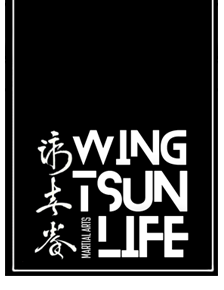The principles of Wing Chun and other martial arts can be applied to cybersecurity, particularly when it comes to defense and offense. These principles can contribute in many ways to improving cybersecurity practices.
A core principle of Wing Chun is the idea of efficiency. In martial arts, this means choosing the most effective method to solve a problem rather than simply relying on brute force. In cybersecurity, this could mean choosing the most efficient and effective method to identify and address security vulnerabilities. This could involve focusing on automated scans, continuous monitoring, and proactive patching to identify and fix vulnerabilities before they can be exploited.
Another central principle of Wing Chun is adaptability. In martial arts, this means being able to quickly adapt to different fighting situations and styles. In cybersecurity, this means being able to quickly adapt to new threats, attack vectors, and tactics. This could involve continuously monitoring the threat landscape, evaluating and implementing new security solutions, and conducting security training for employees to keep them up-to-date with the latest threats and defense mechanisms.
Finally, the principle of counterattacking is equally important in martial arts and cybersecurity. In Wing Chun, it is often advised to use the opponent’s attack as an opportunity for a counterattack. In cybersecurity, this could mean using an attack as an opportunity to learn more about the attacker’s tactics, techniques, and procedures. This information could then be used to prevent or ward off future attacks. For example, a company could conduct a forensic analysis following an attack to understand how the attacker breached the system, what tools and techniques they used, and what vulnerabilities they exploited. This information could then be used to strengthen security measures and prevent future attacks.
Wing Chun is based on several core principles and concepts:
- Centerline Theory: Most attacks and defenses target an imaginary line running vertically through the center of the body. By controlling and protecting this line, one can attack and defend more effectively.
- Simultaneous Attack and Defense Techniques: Wing Chun practitioners learn to attack and defend simultaneously, giving them an advantage over opponents who perform these techniques separately.
- Economy of Motion: Wing Chun emphasizes efficiency and direct movements. Unnecessary movements are avoided to conserve energy and be faster than the opponent.
- Relaxation: Tension and unnecessary force are avoided to maximize speed and efficiency. Relaxation also allows for better response to attacks.
- Adaptability and Fluidity: Wing Chun practitioners learn to respond to attacks and adapt to their opponents’ movements. Instead of strictly adhering to predefined techniques, flexibility and “fluid” response are emphasized.
- Concept of Interception: Wing Chun values intercepting or preventing attacks before they are fully executed.

